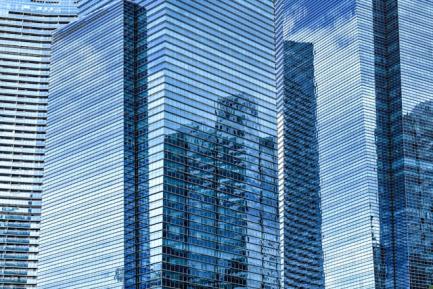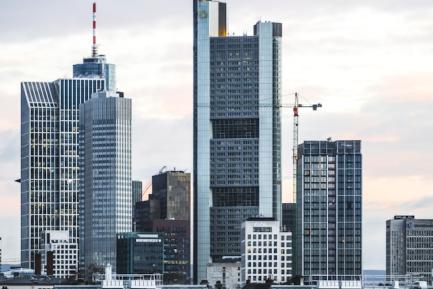Investment in the recovery
In the Spanish economy's current phase of recovery, growth in investment is less vigorous than in previous episodes (see the first graph). Although growth has been positive for the last five quarters in a row, it is still 42% lower than its highest level reached in 2007 Q4. A detailed analysis of the trend in investment by component and institutional sector provides a more encouraging picture, however.
Investment in construction was the component that shrank the most during the recession, with a cumulative drop of 50% compared with 2007's levels. This decline reflects the necessary adjustment in the sector after the real estate bubble burst. In fact, investment in construction was the last component to return to growth, posting its first positive quarter-on-quarter percentage change in 2014 Q2.
If we look at the trend in investment without construction, the recovery looks more similar to the previous recovery phase that started in 1994 Q1. Specifically, capital goods investment started to grow in 2013 Q1, two quarters before the recovery started in GDP, and since then it has accumulated growth of 23.3%. The third component within investment, namely products of intellectual copyright, maintained positive growth rates during the recession so their share of total investment has doubled, going from 7% in 2006 to 15% in 2014 Q3. These data underline the important shift occurring in the production model with construction losing share and intangible assets increasing theirs.1
A breakdown of investment by institutional sector also provides some good news. Corporate investment, generally the most productive, has performed the best: it has been growing since 2010 at an average quarterly rate of 0.5%. Household investment, which is mainly real estate, has undergone considerable adjustment, accumulating a 65% reduction since 2007, although it started to grow in 2014 Q2 and we expect it to gradually recover, supported by more stable house prices, job creation and the revival in mortgage loans. Lastly public administration investment, which offset the reduction in total investment during the first recession (2008-2009), fell sharply between 2011 and 2012. In fact, this is one of the government budget items that have adjusted the most in order to meet the public deficit targets, decreasing by 63% between 2010 and 2014. Nevertheless, the central government budget for 2015 predicts 4.8% growth for this item, so we can expect public investment to also contribute to growth over the coming quarters.
An international comparison also provides interesting details when evaluating the adjustment carried out by investment. Specifically, in 2014 Q3 the relative weight of investment in GDP was 18.6% in Spain, a figure very similar to that of the euro area (19.4%) and to the United States (19.3%) and, in spite of the considerable correction undertaken, the relative weight of investment in construction out of all investment (48.4%) is now also comparable to that of the main advanced economies. Certainly Spain's adjustment in investment has been considerable but it now appears to have a more balanced composition. A good starting point to face this new cycle of growth with optimism.
1. In spite of the great effort made to include investment in intangible assets in national accounts, a significant proportion is still not accounted for. See the Dossier: «National accounts in the digital era» in the November 2014 issue.




